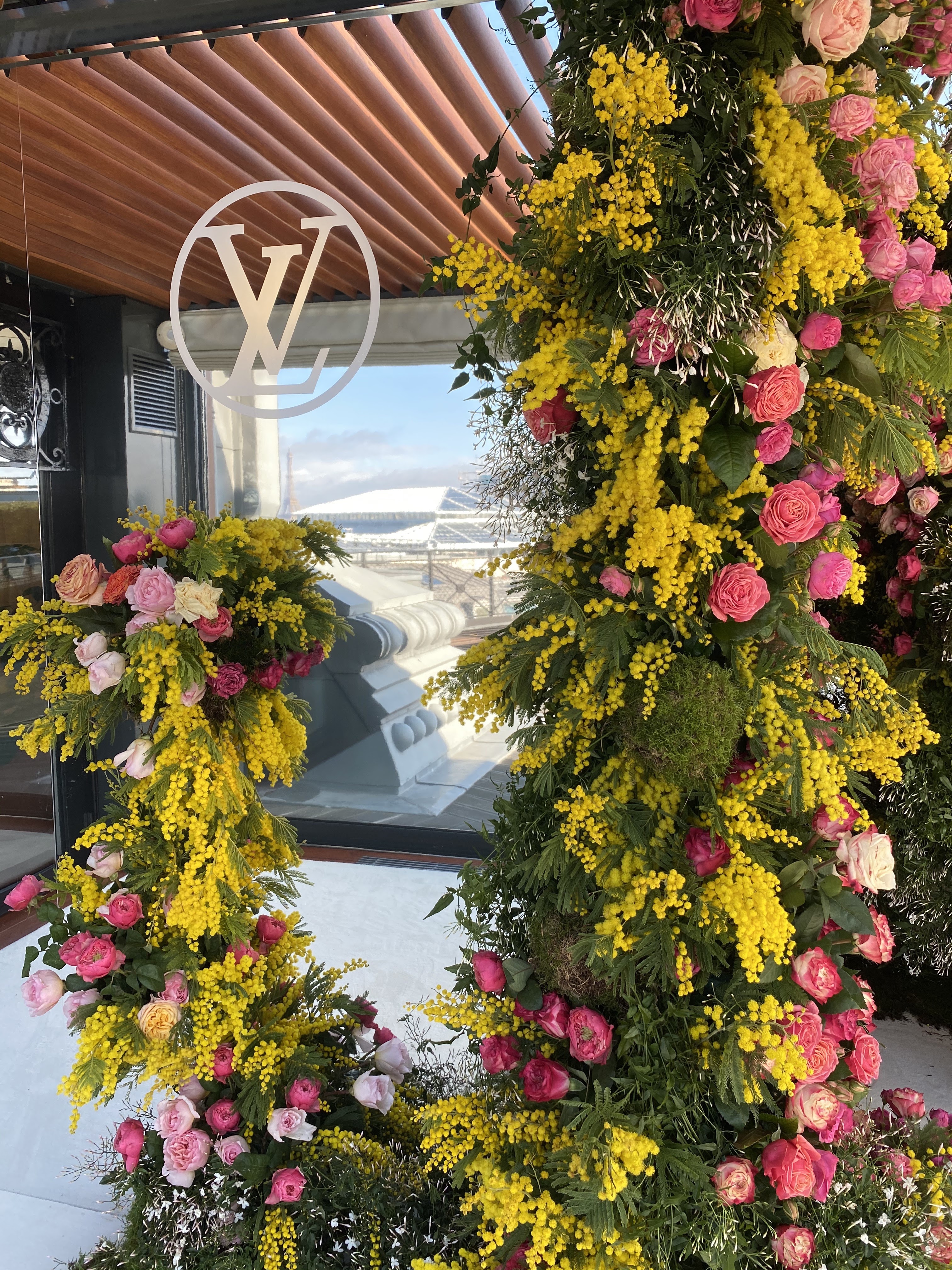Dressing in Regency London: The Beauty Behind Bridgerton's Costumes
With the foreseeable months set to be spent in another national lockdown, there is one thing that will certainly keep us occupied: Netflix. If binge-watching a series isn't usually an essential part of your daily routine, get ready to not get dressed in the mornings, make your daily voyage to your living room and subsequently spending all day ogling at your TV screen. I hate to say it, but it's become almost customary at this point to be spending your days in front of Netflix, whether multitasking or not. Bridgerton has become the hot topic of this month, with the period drama series achieving staggering viewership figures of over 63 million views since it's release. The American-made series is a lighthearted, rhinestone-embellished escape from today's drab reality of failing to get out of our pyjamas that has us viewers dreaming of slipping into a gown and attending a ball (or more aptly, squeezing into an Oh Polly bodycon and hitting a club). There are many aspects of this show that keep the audience's eyes glued to the screen (hello Duke of Hastings), most notably, the dazzling costumes that bring such life, glamour and colour to the show.
Bridgerton is set in 1813 London, a year characterised by the Regency era that saw the continuation of classical antiquity-inspired fashion. Waistlines were kept very high, just beneath the bust, allowing the fabric to cascade vertically down to create a flat, almost rectangular skirt. The necklines were open and wide-set in a square shape which, paired with the high waistline, accentuated the curvaceousness of a woman's chest (or, to put it simply, acted as an old-fashioned push-up bra). Sleeves tended to be on the shorter side and had a puffiness that contrasted nicely with the tight, horizontal bust-line. The overall silhouettes tended to be rigid and straight with no accentuation of the waist, but rather the focus of the corset was to support the bust and flatten the torso. A far cry from today's Kardashian-esque hourglass trend.
White and lighter, more pastel shades were extremely popular but, as unmistakably demonstrated by the Featherington family, brighter, more bold colours were also used. Within the show, one thing that couldn't go amiss was the contrast of the hideously lurid gowns sported by the Featheringtons to the muted, delicate styles adopted by the Bridgertons. The divergent tastes of these two families clearly highlights the differences that perpetuated fashion during that period and successfully implies that a less-is-more attitude is the prevailing one. No amount of embellishments or colour can truly conceal a bad attitude; it's all very symbolic if you ask me.
When the costumes of a period drama faithfully convey the styles of that era, it's conducive to a much greater authenticity that can allow the viewer to better immerse themselves into that time. Even if it's not done consciously, we can appreciate a piece of cinematography much more if it's accurate both in script and costume. After all, if a show can be clearly filmed in Bath and successfully pass it off for 1813 London (it's clear this show was made by Americans), that means the costumes and cast were compelling enough to distract us from the blatant lie that they were traipsing around the capital and not a city in Somerset (can you tell I go to uni in Bath?). The costumes were mesmerising and allows us to learn a thing or two about historical fashion and how far we've come from those times.







Comments
Post a Comment